The Lovers of Huntingtower Castle
Would you risk your life to avoid your mother catching you in bed with a man? (my favourite subtitle I've ever written)
Hello, I’m Beth! I’m a full time creator based in the Cairngorms in love with Scotland and Scottish history. Subscribers receive weekly newsletters about Scotland’s history and folklore, and a little about my life living and adventuring in this country. If you’d like to support my work as a writer, you can become a paid subscriber.
Interested? Click subscribe…
On the outskirts of Perth in Scotland, you’ll find Huntingtower Castle. This impressive structure has quite the dramatic history, from its unusual double towers to the complicity of its previous owners in multiple accusations of treason. The castle is also a source of supernatural encounters and romantic folklore. Today, let’s read about the latter by exploring a part of the castle known as the Maiden’s Leap.
Huntingtower Castle was owned by the Ruthven family for many centuries. In fact, the castle was originally named the House or Place of Ruthven, with the name being deliberately changed to ‘Huntingtower’ in 1600 as part of a smear campaign against the Ruthvens following their fall from power in the aftermath of the Gowrie Conspiracy.
This conspiracy saw the Ruthvens accused of treason against King James VI of Scotland, resulting in the deaths of the two leading men of the family and the forfeiture of all their land and title. However, this event is shrouded in mystery with lacking evidence of the Ruthvens’ guilt leading to arguments that James orchestrated the removal of this family, who he conveniently owed massive amounts of money to.
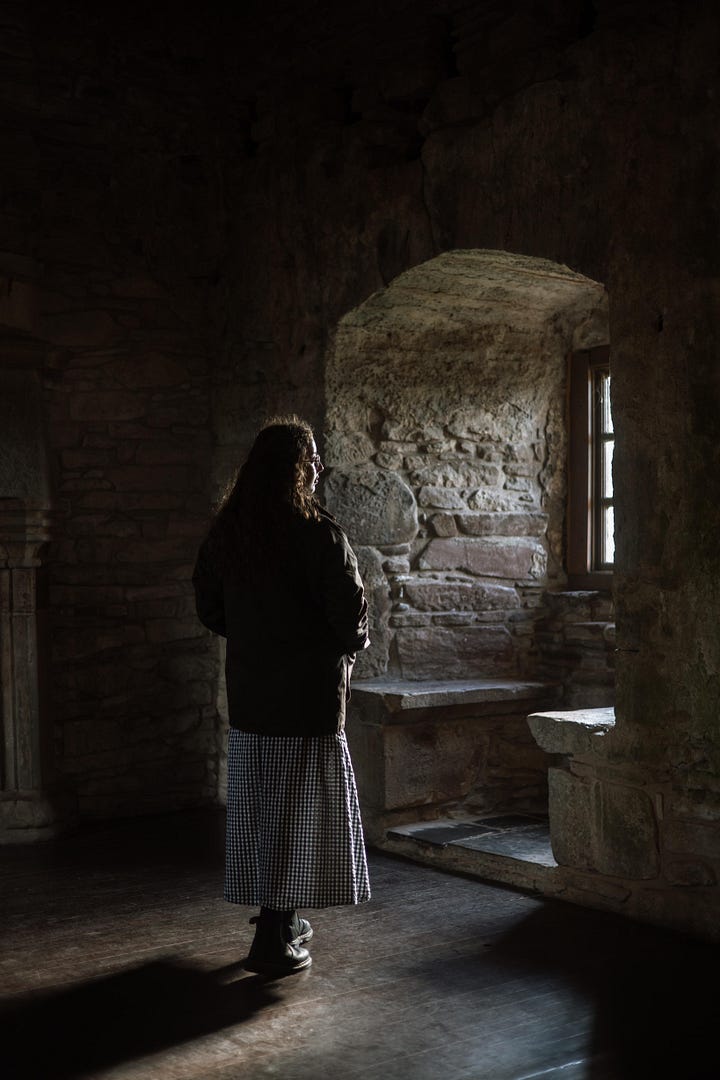
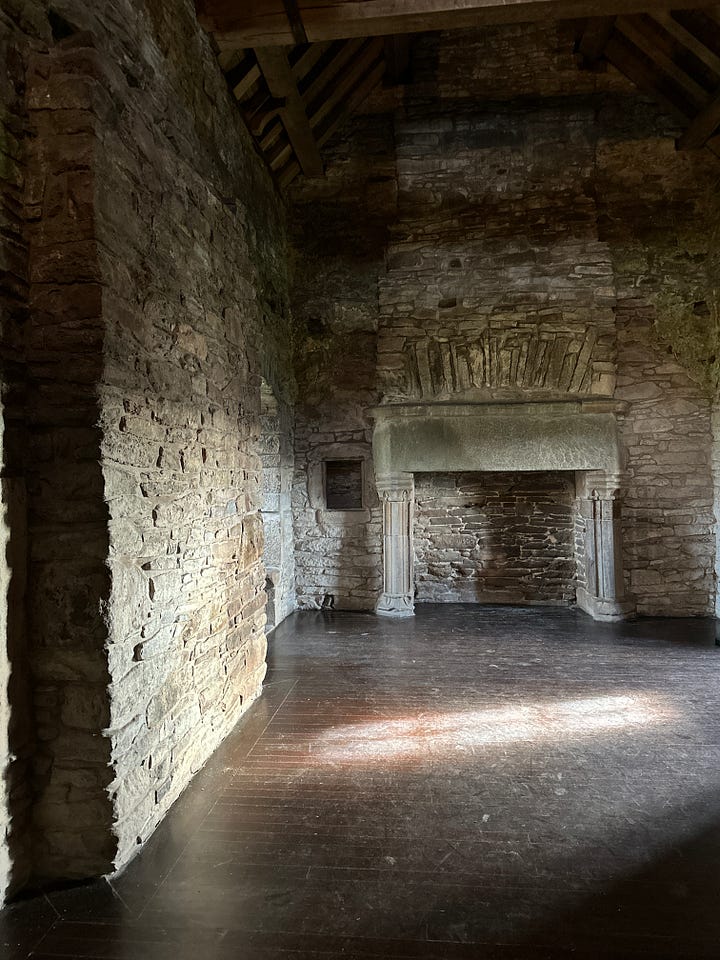
Prior to their destruction and the renaming of their castle, in the 16th century the Ruthvens had become a powerful noble family, with William Ruthven made 1st Earl of Gowrie in 1581. William had many children, one of which was his daughter, Dorothea.
Dorothea lived at Huntingtower Castle. During her lifetime, the castle was very unusually made up of two separate towers—the East and the West—with only a wooden bridge connecting them. A series of other buildings were within the castle grounds, including a hall block, but the two towers were the primary residences of those staying at Huntingtower. These two towers were allegedly built to accommodate the different households of various sons and brothers of the increasingly powerful Ruthven family, but like much of Huntingtower’s history, they remain a little mysterious.
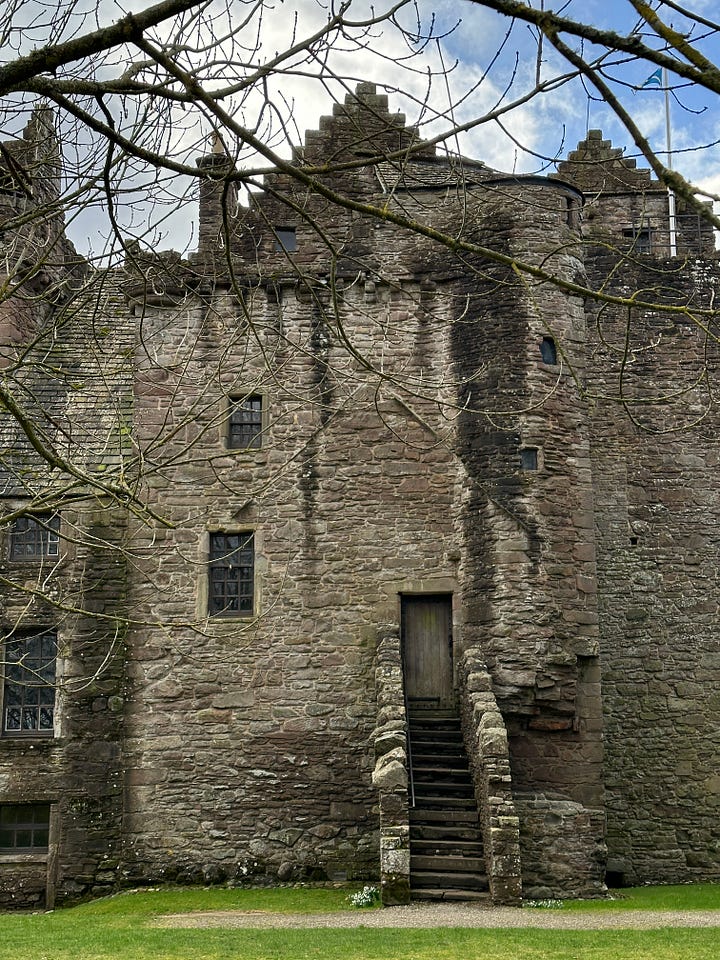
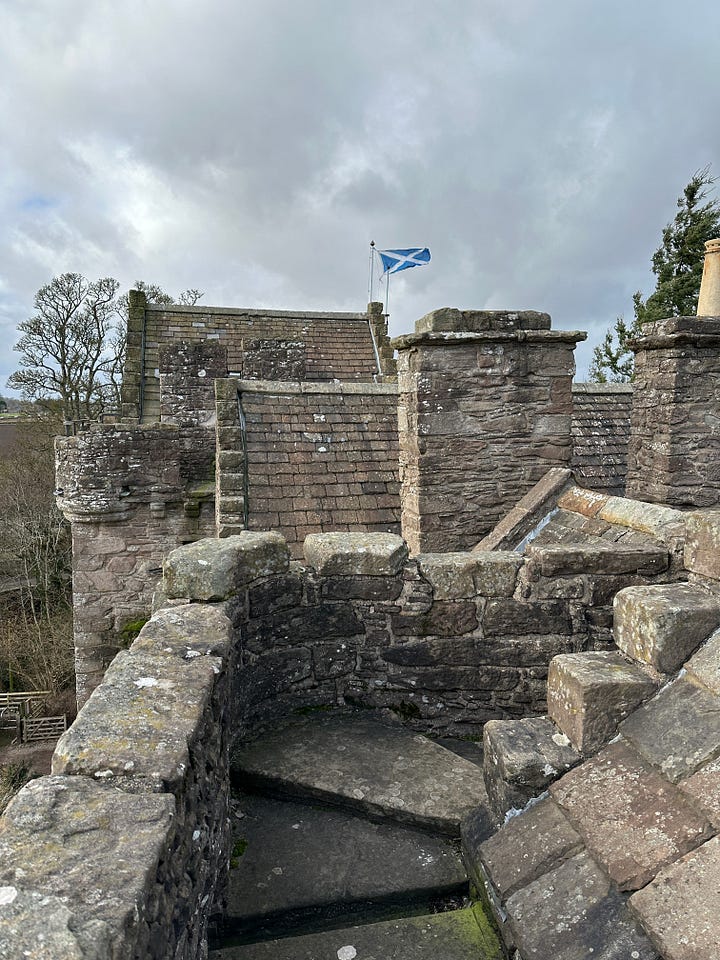
One night, the Ruthvens were entertaining guests. Dorothea, as a daughter of the Earl of Gowrie, would have been present at this entertainment, where she took a fancy to a young man. It may be that Dorothea and this man already knew one another, but this was the night that this young noblewoman decided to act on her fancies.
Later that night, when the castle occupants had fallen asleep, Dorothea crept from her rooms in the West Tower to visit her lover in the East Tower. But Dorothea’s mother was no fool, and remembering her own time as a young woman, suspected that her daughter was up to no good. She marched to Dorothea’s rooms and attempted to open the door to enter, but found that it was locked. With no answer to her knocking or calling her daughter’s name, she swiftly moved to her next target: the room of the young man in the East Tower.

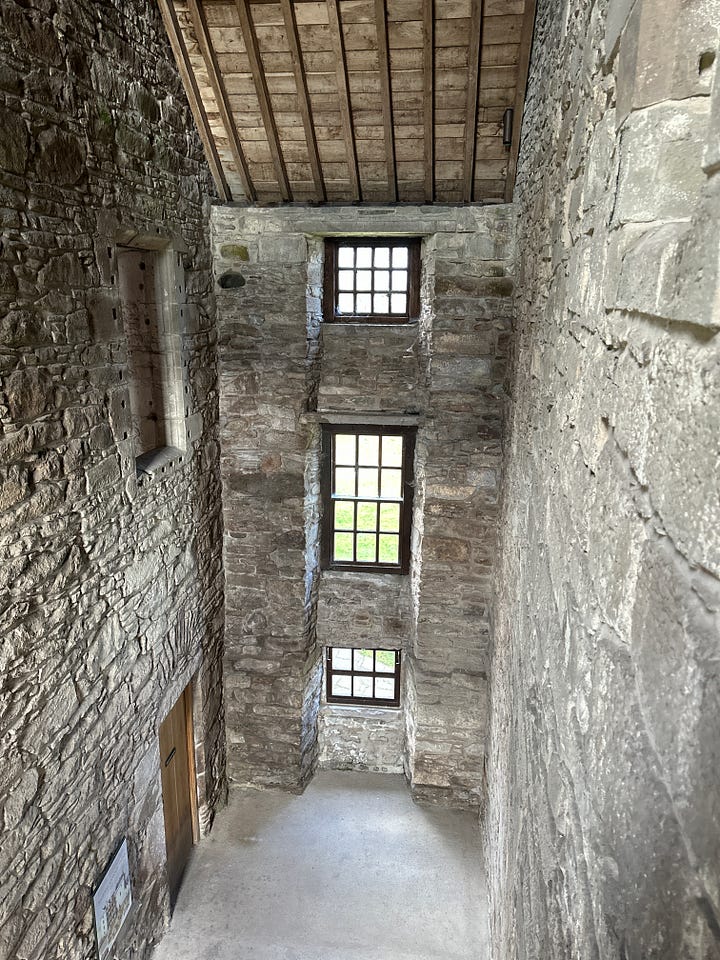
It might be that Dorothea heard her mother calling for her, or perhaps heard the echo of her footsteps crossing the wooden bridge that connected the West to the East. She ran from her lover’s bed and escaped out of the window onto the roof of the tower before her mother arrived, demanding that the young man tell her where her daughter had gone.
Trapped high on the roof of the East Tower (and probably not wearing very much!) Dorothea was faced with one option to get back to her own rooms in the West Tower: crossing the gap between the two towers. This was a distance of approximately 9ft.
Fearing the wrath of her mother over plummeting to her death, Dorothea defeated the odds to take a mighty leap across the gap between the towers. Having left her bedroom window open earlier that evening, she was able to slip back into her room and return to her own bed. When her mother again came knocking at her door, Dorothea answered, pretending to have slept through her mother’s earlier calls.
But one night wasn’t enough for Dorothea and her man, who she was willing to risk her life for. The very next day, the two allegedly ran off together and eloped.
While this might just be the work of folklore, a daughter of the Earl of Gowrie named Dorothea did marry John Wemyss of Pittencrieff. It could very well be that John was the man who caught the eye of an earl’s daughter and that—very unusually in Scottish history—the couple lived happily ever after.
Thanks so much for joining me again this week for more Scottish history and folklore!
Until next time,
Beth xx
Fancy some more Scottish history or folklore?

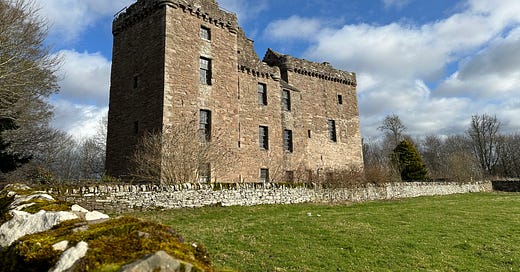



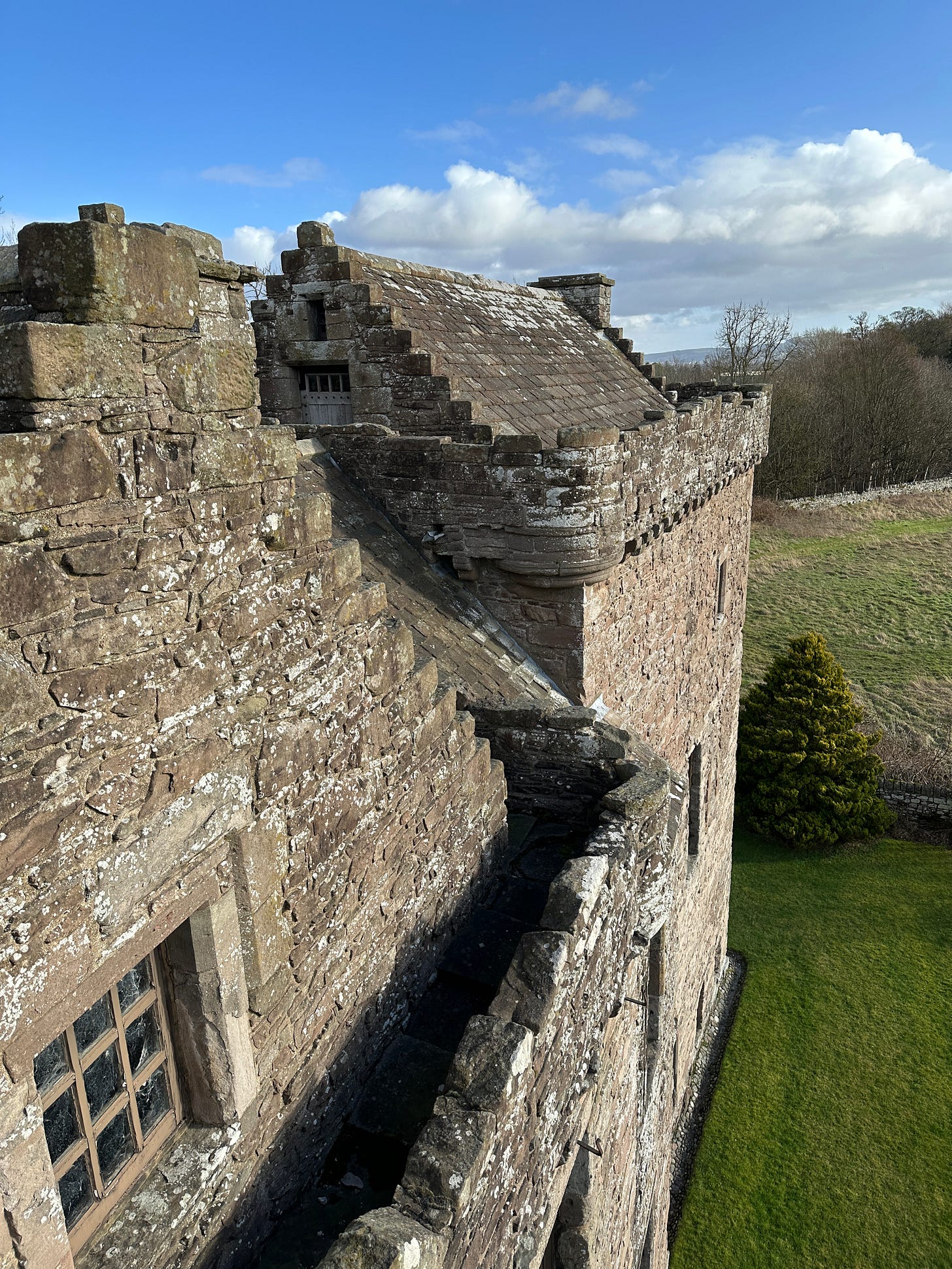
Lovely!!
Great love story and beautiful castle 🏰